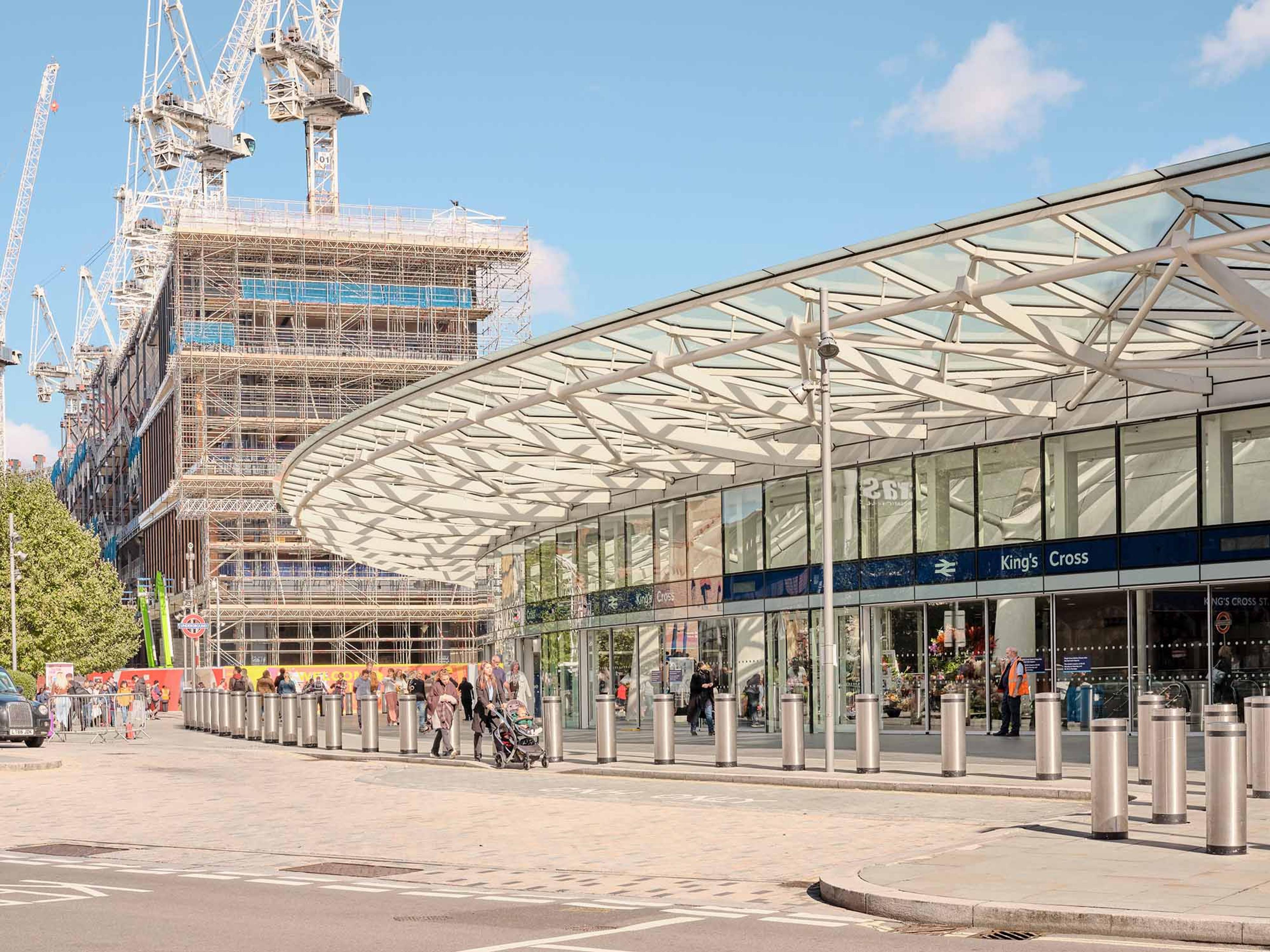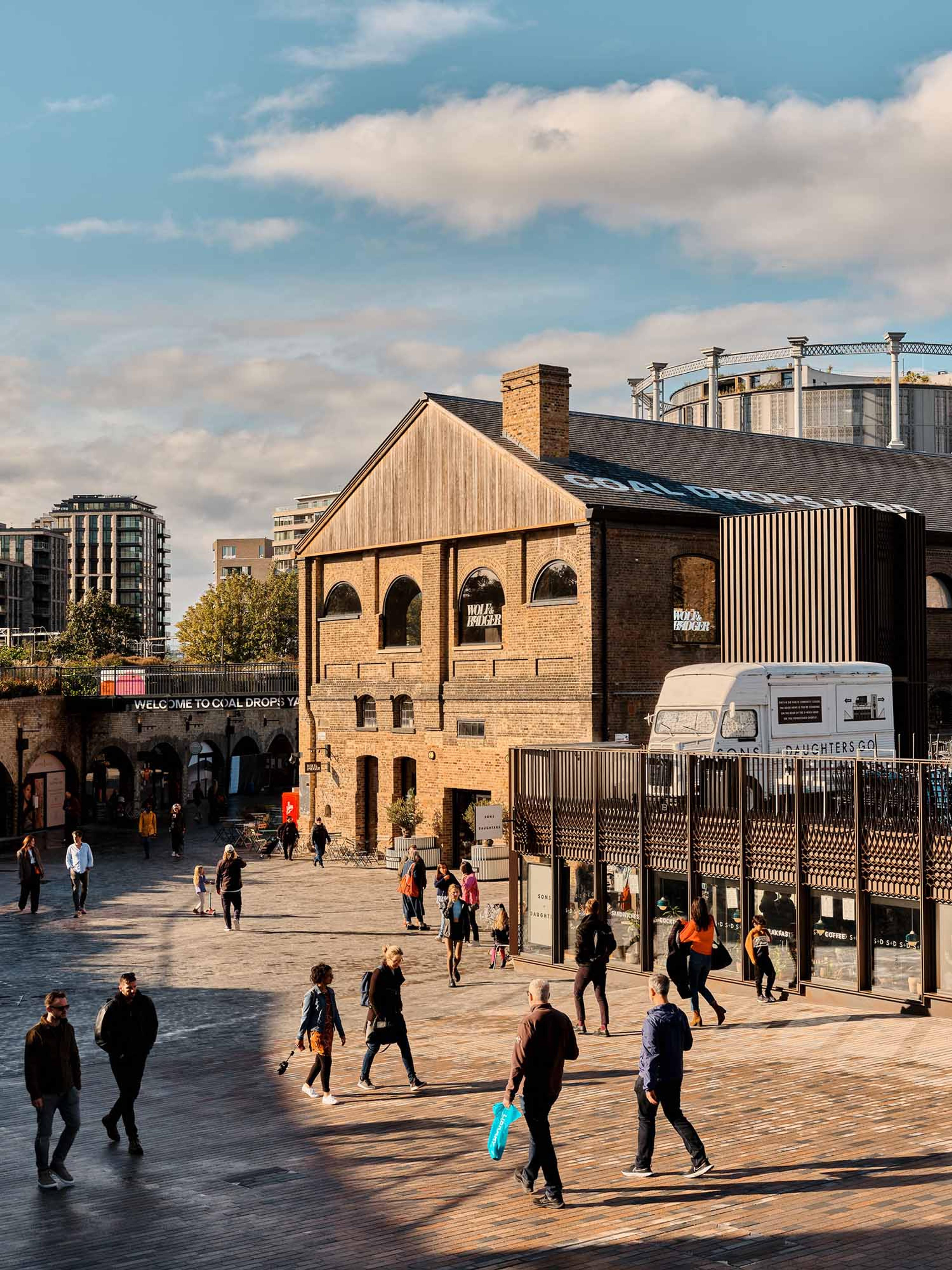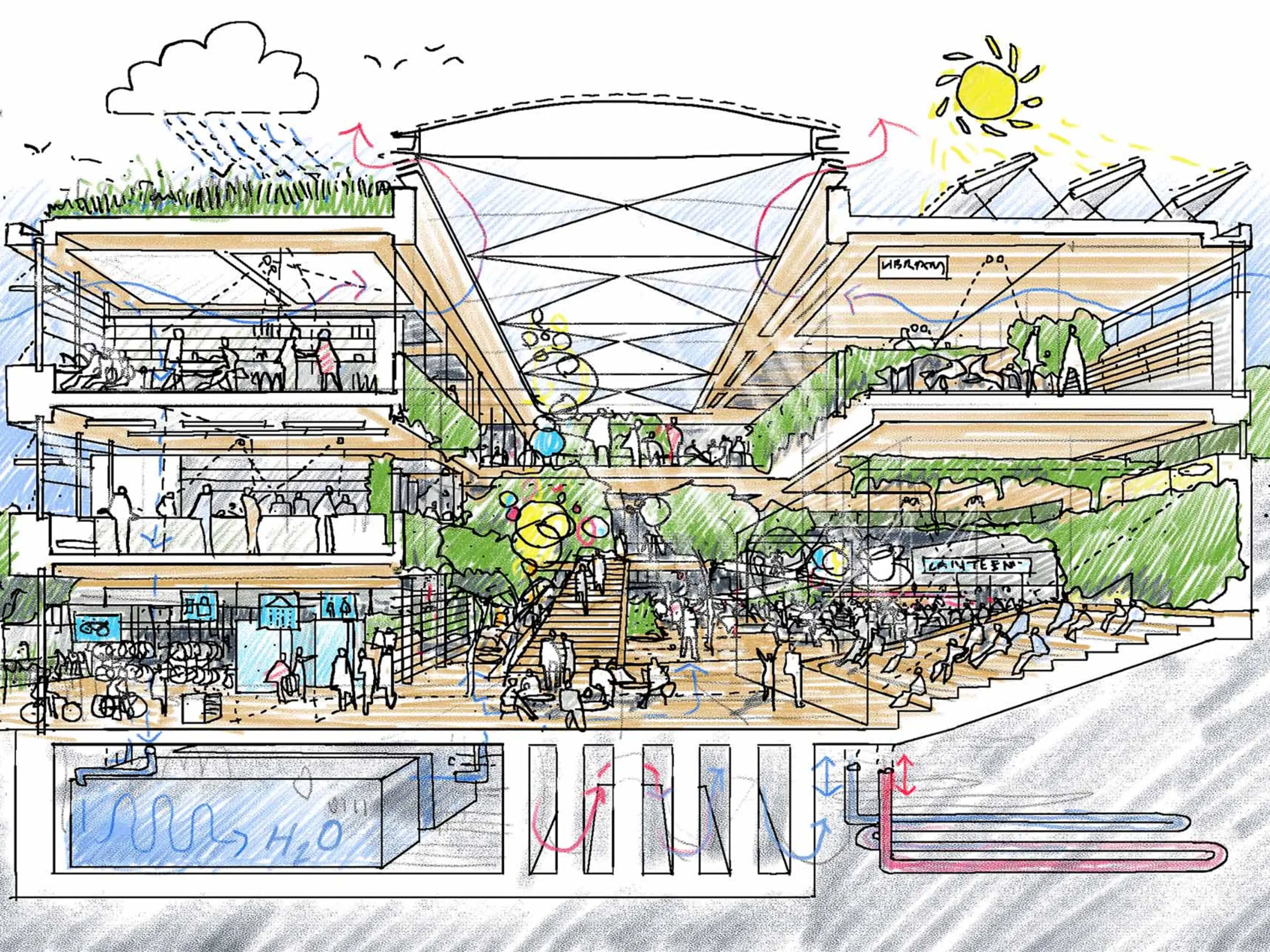Biotech challenges for the real estate sector
Page contents
Given the factors and trends facilitating the growth of urban labs, other industries that support biotech, such as real estate, should see an opportunity to power its growth in cities like London. The momentum is undoubtedly there, but the challenges are stifling. For real estate, a lack of data, the design complexity required, and a dearth of space in London have all inhibited the industry’s ability to properly plug into this space.
1. Lack of data
The fundamental problem real estate faces is a knowledge gap. Success for commercial real estate in London has for decades centred on offices, and this is the market the industry knows through and through. Demand and rents will always ebb and flow, but unless there is a sudden, seismic event – such as a pandemic and ensuing lockdowns – the industry generally knows how to respond to these trends.
The laboratory space is different. Those interviewed for the report, including Jennifer DiMambro at Arup, remarked that developers don’t have clear data about the market. What is the demand? Who will drive that demand? What are their requirements? What is the ROI? Many players in London simply do not know.
Another fear in the industry is that, unlike offices, which have a wide use and can be adapted for any number of sectors, labs are more specialised and potentially less adaptable. What if the growth of these districts has been a bubble? The risk of investing in such complex, expensive spaces is perceived to be high, compared to the relative ease and familiarity of offices.

Granary Square, King’s Cross, London. Photo © Polly Tootal.

King’s Cross St Pancras, London. Photo © Polly Tootal.

Coal Drops Yard, London. Photo © Polly Tootal.
Research for this white paper suggests that fears of a bubble are unfounded. Not only is biotech a major growth area in general, it continues to be a major growth area in London, years after the city’s clusters first formed. In King’s Cross alone, the second half of 2020 yielded several major announcements. MSD (known as Merck in the US) unveiled its plans for a £1 billion research hub opposite King’s Cross Station, and a month later, GlaxoSmithKline opened a £10 million artificial intelligence hub nearby. There have also been several smaller deals in the city, with Scale Space releasing 60,000ft2 of office and lab space for life sciences at White City in March 2021.
The combination of labs and offices will likely mitigate some of the uncertainty in the market. These ‘lab-enabled offices’ have all the design characteristics of a lab building, but they can be converted to a high-spec office space should the demand for a lab fall away.

Further encouragement for the UK market can also be found by looking at the sustained growth of life sciences in locations such as Boston in the US. Boston shares many of the innovation district characteristics found in King’s Cross and White City, not least a cluster of leading international universities, but the real estate market for lab space is five to ten years more advanced. Over the last ten years, employment in life sciences in Boston has grown by nearly 90%, which has resulted in over 20,000,000ft2 of commercial lab space being developed to accommodate that growth. In the next three years, a further 10,000,000ft2 of lab space is expected to come on stream.
2. Complex design
Labs come with a series of considerations that make designing and delivering that space more complex than a standard office:

Space planning
Life science wet labs have tended to use 3.3m modules as the planning grid (giving 1.65m), whereas the BCO best practice for offices sets 1.5m as a standard for planning grids. Space in existing buildings would have to be designed with the science sector's and BCO’s standards in mind.

Floor-to-ceiling heights
Labs require a floor-to-ceiling height greater than the BCO’s standard of 2.75m. The exact height of the ceiling will also vary depending on the type of science that takes place within the lab and the kit required for that. For example, if the space is used for chemical science, it will need a chimney for extraction.

Net area
Labs need more plant and machinery to run, which creates two challenges. Firstly, it has implications for the net lettable area, putting greater pressure on pricing. Secondly, it can limit where a lab can be located, especially in a city with less available space.

Structural
Structurally, buildings need to be more robust and stiff to facilitate labs. Some of the imaging equipment that companies use is very sensitive to vibration, which means labs in urban areas need to be equipped to deal with that. In the same way certain buildings have seismic retrofitting to withstand earthquakes, there are options to stiffen buildings that contain labs.

MEP
Mechanical, electrical and plumbing (MEP) requirements are significantly more demanding in labs. Ventilation is a particular concern, with more hazardous science requiring more air changes to provide a safe environment. The Natural Environment Research Council guidelines state that labs should have air change rates of between 6 and 15 per hour (10 should be sufficient in most cases), falling to 3 or 4 out of hours. Alongside this, fume cupboards are needed to run through to exhaust fan ventilation equipment on the roof, and an overall increase in power is required to run scientific equipment, facilities and HVAC.

Loading bays and lifts
Labs need loading bays for deliveries and separate lifts and storage for hazardous materials, supply and waste.
3. Lack of space
The biggest challenge the sector faces is not a lack of money but a shortage of land, as several interviewees said. Traditionally, if demand is high and supply is low for commercial space, a developer can afford to look beyond the main geographies they would normally consider. Biotech is different. The sector has intentionally grown around clusters because of the benefits they provide, and a life science firm will not want to be based ten miles from King’s Cross when its peers, and the nexus of scientific advances, have co-located there.

Real estate, therefore, must be able to deliver space in already crowded areas while also competing with other sectors. The housing crisis has put particular pressure on the city to deliver more homes, while permitted development rights, which allow developers to bypass the planning system to convert offices to residential, have led to a loss of commercial space. In 2015 the Greater London Authority reported that London lost 834,000m2 of commercial space in two years due to office-to-residential conversions. With the introduction of expanded permitted development rights, pressure will increase to balance commercial and residential needs in the city.
In the US, New York City is grappling with a similar space-related challenge as it works to build a thriving life science market to rival those in places like Boston. In addition to space limitations, the city also has to contend with a less mature life science ecosystem than competitor locations. In 2016, with a view to address these challenges, New York state pledged $650 million to stimulate the growth of a world-class life science research cluster in New York City. The state support included a $200 million investment to support landlords to convert space into lab space.

4. Expertise
Because the biotech and lab market is relatively new in the UK, there is understandably a lack of expertise and experience in delivering the product. One report described London as a "ghost town" when it comes to developers considering labs, despite the city being an epicentre for life sciences.
However, as Charles Walford from Stanhope explained, there are significant opportunities to learn from looking across the water to the US, with cities like Boston leading the way in delivering labs. Many of those interviewed for this research agreed that if labs are a product businesses are serious about delivering, then "dipping [their] toe in the water" won’t work; businesses need to commit to properly understanding the market.
Tags
Publication
This article appeared in White Paper: Urban Labs, a look at the real estate market for the UK's fast-growing biotech sector, with a focus on the commercial migration of labs to central London.
Read more